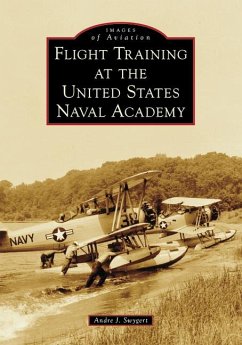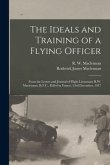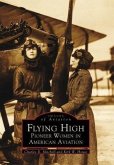The United States Naval Academy was founded in 1845 in Annapolis, Maryland, after experience showed that the policy of training naval officers solely through shipboard experience was ineffective. The development of aircraft in the early 20th century was a technological change that impacted the academy. The efforts of naval aviation advocates, led by Capt. Washington I. Chambers, resulted in the Navy acquiring its first aircraft in 1911 and basing them near the US Naval Academy where sufficient land and material resources were available to support flight operations. Later, under Supt. Adm. Louis W. Nulton, aviation entered the curriculum as an element of fundamental naval education, taking a place among major subjects such as seamanship and gunnery. Classroom instruction and indoctrination flights provided all midshipmen with a familiarization in aviation as an important element in their development as naval officers before circumstances forced a shift of training to other facilities by 1962.
Hinweis: Dieser Artikel kann nur an eine deutsche Lieferadresse ausgeliefert werden.
Hinweis: Dieser Artikel kann nur an eine deutsche Lieferadresse ausgeliefert werden.








